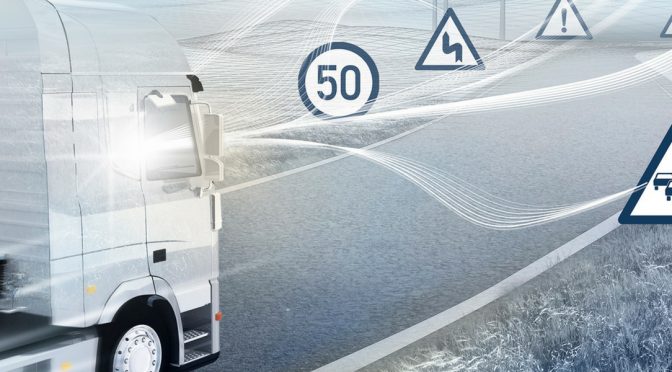
According to the American Trucking Associations, freight tonnage hauled by trucks would increase by 27% (between 2016 and 2027). With global retail sales to touch $27 trillion by 2020, it just adds to the problems of high volume and restricted resources. Most of these companies would win or lose based on how they optimize their last mile deliveries.
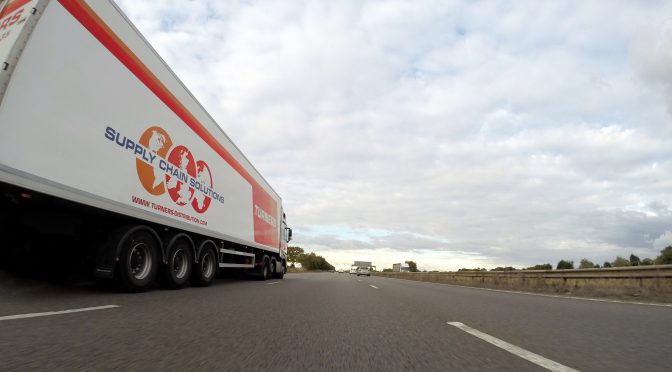
It is time our industry stopped chasing Uberization and created an Airbnb model. In trucking, Uberization is still transactional brokerage. There are key differences in the personal transport versus the freight market. What we need is a pay-per-day model that allows for short-term dedicated capacity, rather than long term dedicated contracts.
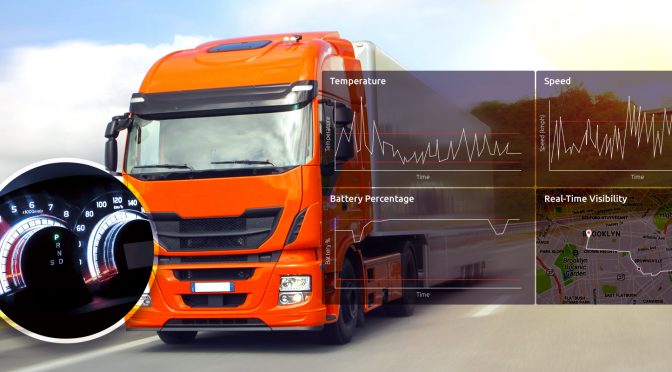
Reduce your logistics management costs and increase overall efficiency by tracking drivers and their behavior in real-time. Industries, especially those with sensitive cargo and shipments, focus on tracking the behavior of their drivers to ensure service level agreement (SLA) compliance.
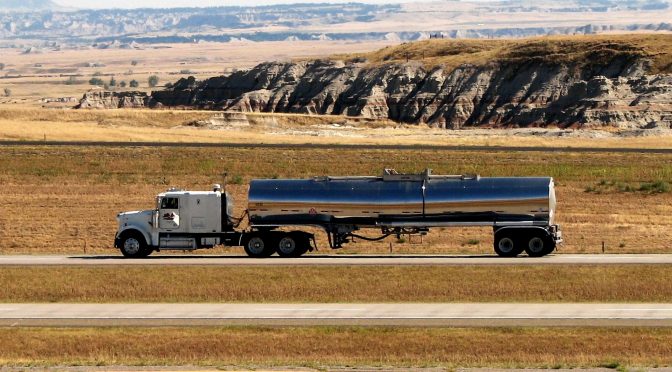
The Phase 2 (Mandatory Implementation) of ELDs began on the 18th of Dec 2017. US Department of Transport is mandating that drivers be on duty for a fixed set of hours (60 hours in 7 days, or 70 hours in 8 days; based on the breaks taken in between). There are multiple constraints was total hours of driving.

People have talked about the Internet of Things (IoT) in diverse terms, but what is it? IoT is the interaction and exchange of data amongst various connected devices and entities over the Internet, which then function towards singular goals. It’s like having a virtual connected universe, where you customize almost all your electronic interactions.
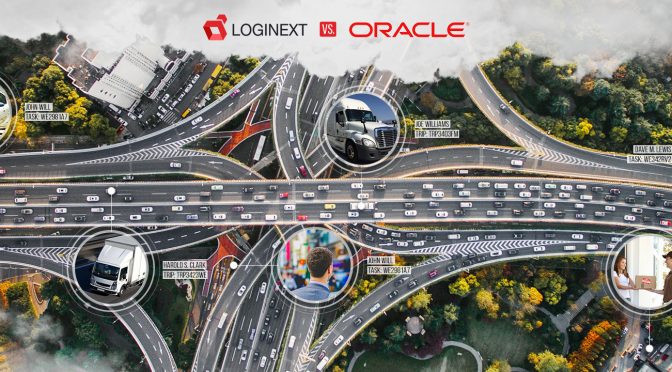
Technology can be the springboard for your resource planning. You can use schedule planning and routing software to automate logistics movement in your company. Such solutions have the potential to bring down logistics and transportation costs, whether owned or leased. Efficient fleet management can boost your resource utilization, productivity, and profitability.
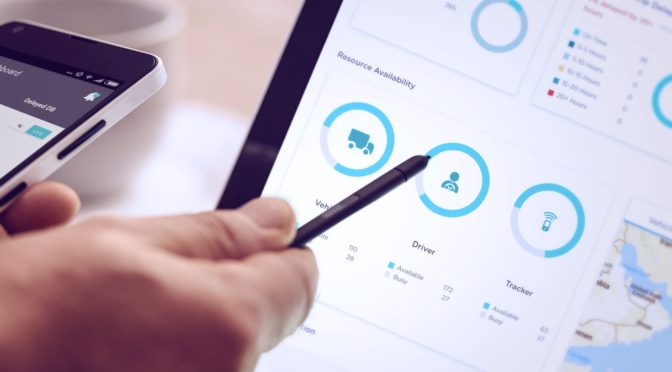
In highly unorganized markets (for e.g. the logistics sector in the Asian Market) it becomes even more difficult to introduce technology solutions that would not only ease the workload on employees but also introduce some semblance of organizational workflow into a haphazard operational process.
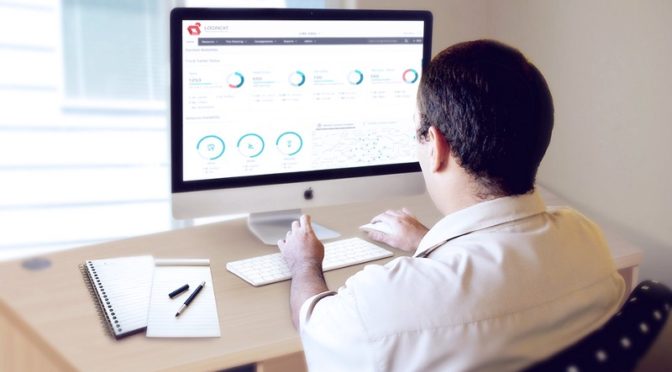
According to NOVONOUS, “Indian logistic industry presently is of whooping $300 billion” and “will grow at 1.5–2 times the GDP” suggests Empirical Evidence. The influx of startups like mushroom surfacing the e-commerce array has added to the accelerated growth.

